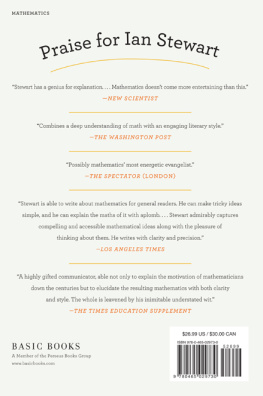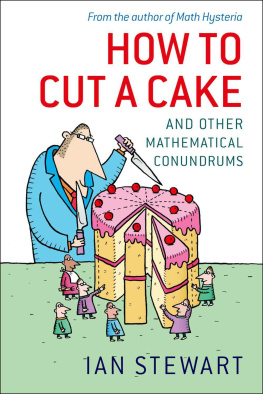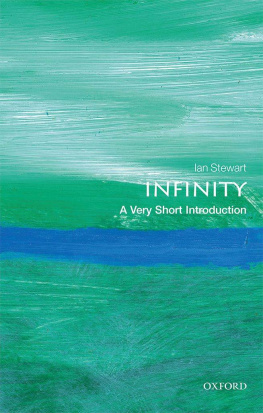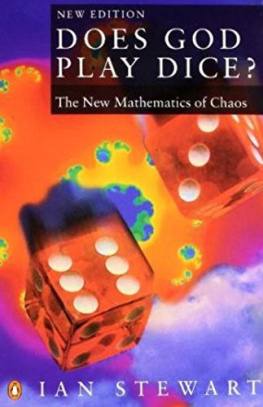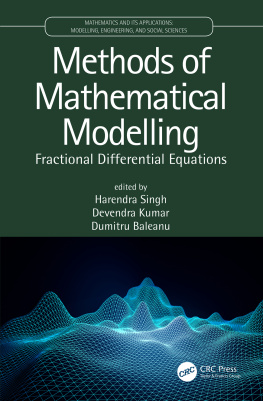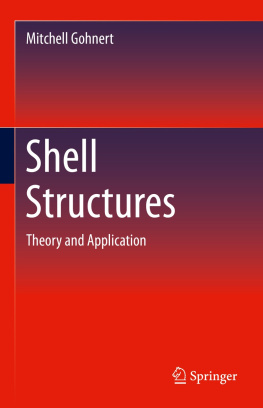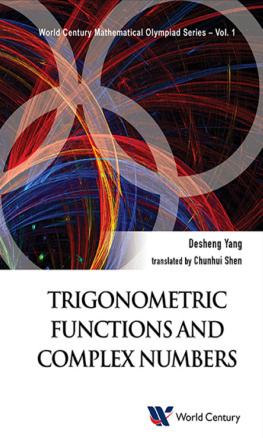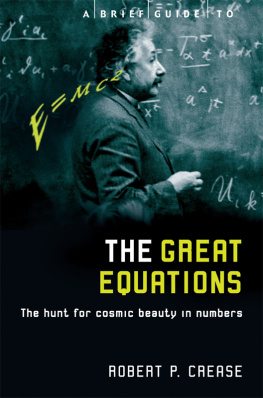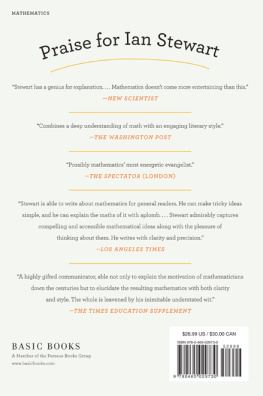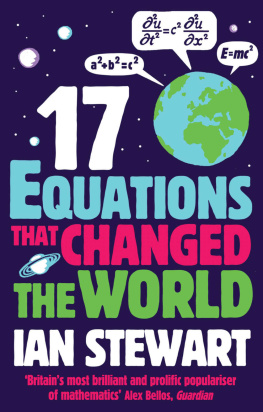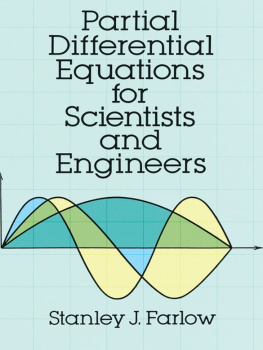IN PURSUIT OF THE UNKNOWN
Also by Ian Stewart:
Concepts of Modern Mathematics
Game, Set, and Math
The Problems of Mathematics
Does God Play Dice?
Another Fine Math Youve Got Me into
Fearful Symmetry (with Martin Golubitsky)
Natures Numbers
From Here to Infinity
The Magical Maze
Lifes Other Secret
Flatterland
What Shape Is a Snowflake?
The Annotated Flatland
Math Hysteria
The Mayor of Uglyvilles Dilemma
Letters to a Young Mathematician
Why Beauty Is Truth
How to Cut a Cake
Taming the Infinite/The Story of Mathematics
Professor Stewarts Cabinet of Mathematical Curiosities
Professor Stewarts Hoard of Mathematical Treasures
Cows in the Maze
Mathematics of Life
with Terry Pratchett and Jack Cohen
The Science of Discworld
The Science of Discworld II: the Globe
The Science of Discworld III: Darwins Watch
with Jack Cohen
The Collapse of Chaos
Figments of Reality
Evolving the Alien/What Does a Martian Look Like?
Wheelers (science fiction)
Heaven (science fiction)
Copyright 2012 by Ian Stewart
Published in the United States in 2012 by Basic Books,
A Member of the Perseus Books Group
Published in Great Britain in 2012 by Profile Books
All rights reserved. No part of this book may be reproduced in any manner whatsoever without written permission except in the case of brief quotations embodied in critical articles and reviews. For information, address Basic Books, 387 Park Avenue South, New York, NY 10016-8810.
Books published by Basic Books are available at special discounts for bulk purchases in the United States by corporations, institutions, and other organizations. For more information, please contact the Special Markets Department at the Perseus Books Group, 2300 Chestnut Street, Suite 200, Philadelphia, PA 19103, or call (800) 810-4145, ext. 5000, or e-mail .
A CIP catalog record for this book is available from the Library of Congress.
LCCN: 2011944850
ISBN: 978-0-465-02973-0
10 9 8 7 6 5 4 3 2 1
Contents
To avoide the tediouse repetition of these woordes: is equalle to: I will sette as I doe often in woorke use, a paire of paralleles, or gemowe lines of one lengthe: =======, bicause
noe .2. thynges, can be moare equalle.
Robert Recorde, The Whetstone of Witte, 1557
E quations are the lifeblood of mathematics, science, and technology. Without them, our world would not exist in its present form. However, equations have a reputation for being scary: Stephen Hawkings publishers told him that every equation would halve the sales of A Brief History of Time, but then they ignored their own advice and allowed him to include E = mc2 when cutting it out would allegedly have sold another 10 million copies. Im on Hawkings side. Equations are too important to be hidden away. But his publishers had a point too: equations are formal and austere, they look complicated, and even those of us who love equations can be put off if we are bombarded with them.
In this book, I have an excuse. Since its about equations, I can no more avoid including them than I could write a book about mountaineering without using the word mountain. I want to convince you that equations have played a vital part in creating todays world, from mapmaking to satnav, from music to television, from discovering America to exploring the moons of Jupiter. Fortunately, you dont need to be a rocket scientist to appreciate the poetry and beauty of a good, significant equation.
There are two kinds of equations in mathematics, which on the surface look very similar. One kind presents relations between various mathematical quantities: the task is to prove the equation is true. The other kind provides information about an unknown quantity, and the mathematicians task is to solve it to make the unknown known. The distinction is not clear-cut, because sometimes the same equation can be used in both ways, but its a useful guideline. You will find both kinds here.
Equations in pure mathematics are generally of the first kind: they reveal deep and beautiful patterns and regularities. They are valid because, given our basic assumptions about the logical structure of mathematics, there is no alternative. Pythagorass theorem, which is an equation expressed in the language of geometry, is an example. If you accept Euclids basic assumptions about geometry, then Pythagorass theorem is true.
Equations in applied mathematics and mathematical physics are usually of the second kind. They encode information about the real world; they express properties of the universe that could in principle have been very different. Newtons law of gravity is a good example. It tells us how the attractive force between two bodies depends on their masses, and how far apart they are. Solving the resulting equations tells us how the planets orbit the Sun, or how to design a trajectory for a space probe. But Newtons law isnt a mathematical theorem; its true for physical reasons, it fits observations. The law of gravity might have been different. Indeed, it is different: Einsteins general theory of relativity improves on Newton by fitting some observations better, while not messing up those where we already know Newtons law does a good job.
The course of human history has been redirected, time and time again, by an equation. Equations have hidden powers. They reveal the innermost secrets of nature. This is not the traditional way for historians to organise the rise and fall of civilisations. Kings and queens and wars and natural disasters abound in the history books, but equations are thin on the ground. This is unfair. In Victorian times, Michael Faraday was demonstrating connections between magnetism and electricity to audiences at the Royal Institution in London. Allegedly, Prime Minister William Gladstone asked whether anything of practical consequence would come from it. It is said (on the basis of very little actual evidence, but why ruin a nice story?) that Faraday replied: Yes, sir. One day you will tax it. If he did say that, he was right. James Clerk Maxwell transformed early experimental observations and empirical laws about magnetism and electricity into a system of equations for electromagnetism. Among the many consequences were radio, radar, and television.
An equation derives its power from a simple source. It tells us that two calculations, which appear different, have the same answer. The key symbol is the equals sign, =. The origins of most mathematical symbols are either lost in the mists of antiquity, or are so recent that there is no doubt where they came from. The equals sign is unusual because it dates back more than 450 years, yet we not only know who invented it, we even know why. The inventor was Robert Recorde, in 1557, in The Whetstone of Witte. He used two parallel lines (he used an obsolete word gemowe, meaning twin) to avoid tedious repetition of the words is equal to. He chose that symbol because no two things can be more equal. Recorde chose well. His symbol has remained in use for 450 years.
The power of equations lies in the philosophically difficult correspondence between mathematics, a collective creation of human minds, and an external physical reality. Equations model deep patterns in the outside world. By learning to value equations, and to read the stories they tell, we can uncover vital features of the world around us. In principle, there might be other ways to achieve the same result. Many people prefer words to symbols; language, too, gives us power over our surroundings. But the verdict of science and technology is that words are too imprecise, and too limited, to provide an effective route to the deeper aspects of reality. They are too coloured by human-level assumptions. Words alone cant provide the essential insights.
Next page
